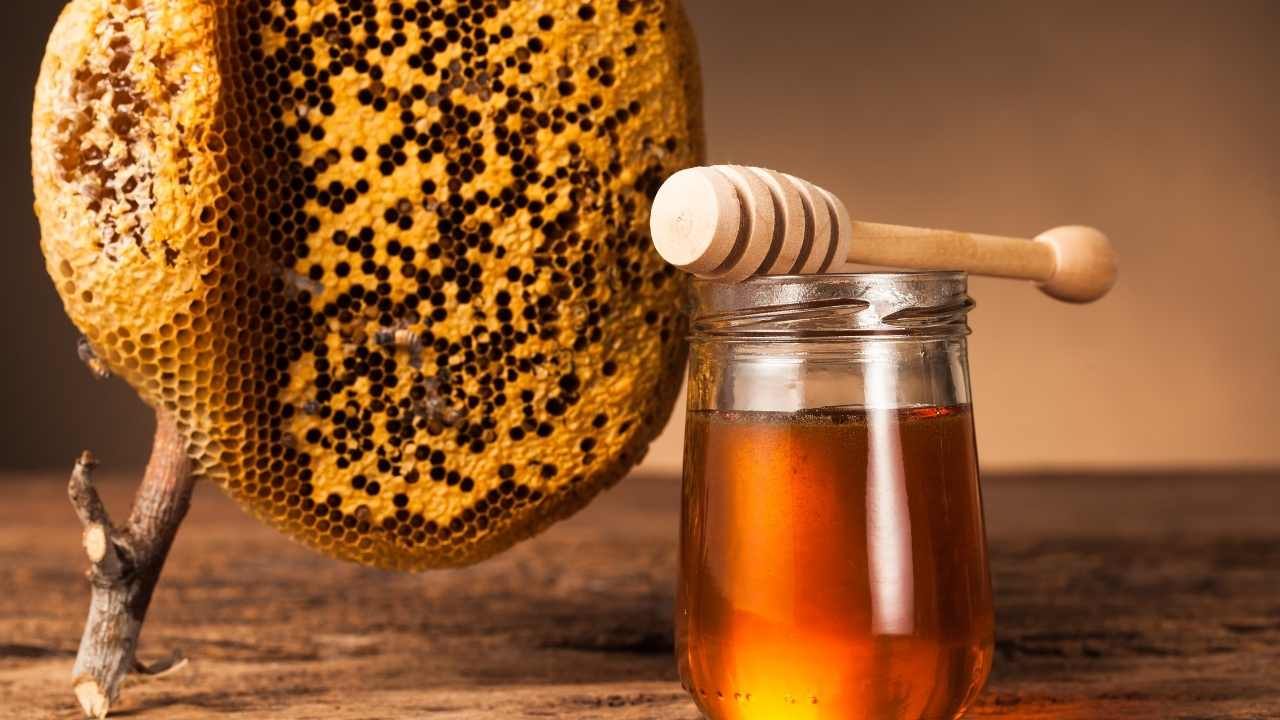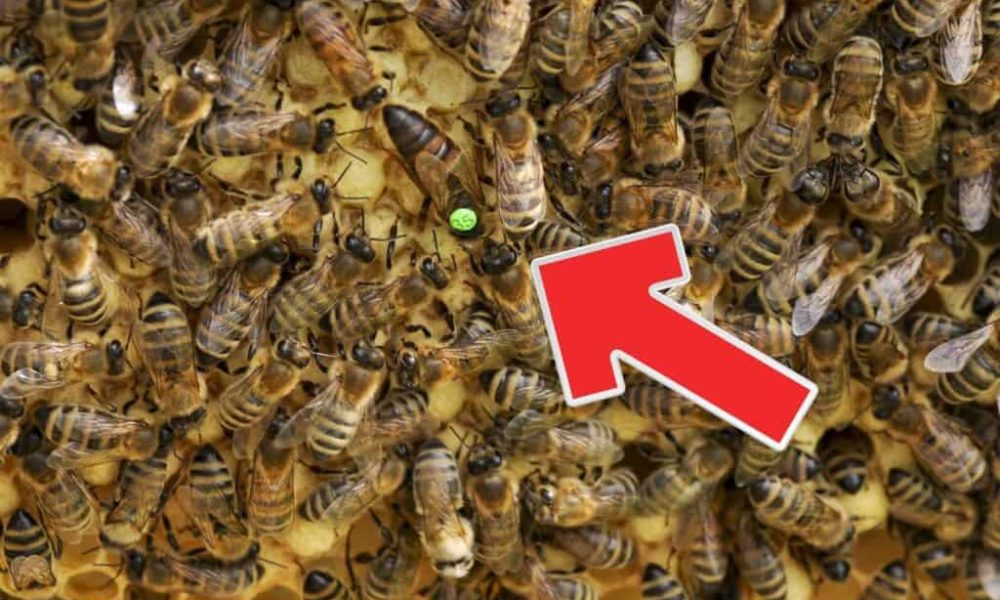Welcome to the backstage of beekeeping! Here, you’ll discover a captivating world that few outsiders know exists. It’s a world where genetics plays a crucial role in ensuring the survival and productivity of bee colonies. You’ll find yourself immersed in the fascinating process of grafting queen cells and artificial insemination, two techniques used by expert beekeepers to improve their hives’ genetic makeup.
Picture this: you’re standing in an apiary surrounded by buzzing honeybees, each one tirelessly working towards the common goal of producing delicious honey and pollinating crops. As you observe them going about their business, it becomes clear that these tiny creatures are vital to our ecosystem’s health and well-being. But have you ever considered how genetics influences their behavior and productivity? In this article, we’ll take you on a journey through the intricate world of beekeeping genetics and show you how grafting queen cells and artificial insemination can help create stronger, more resilient bee colonies.
Understanding the Importance of Genetics in Beekeeping
Understanding the importance of genetics is key in beekeeping, as it’s like breeding your own little creatures with unique personalities and traits. Genetic diversity is crucial in maintaining a healthy and productive colony, as having a mix of different genes can improve disease resistance, honey production, and overall vitality. Selective breeding can help beekeepers achieve specific goals such as producing a gentle or aggressive strain of bees, or increasing honey output.
By carefully selecting which drones mate with the queen bee, beekeepers have the power to influence the genetics of their hives. This process involves understanding how traits are passed down from generation to generation and making informed decisions on which bees should be allowed to reproduce. With selective breeding, beekeepers can create colonies that are better suited for their particular environment and needs. Now that you understand the importance of genetics in beekeeping let’s dive into another aspect: grafting queen cells and artificial insemination.
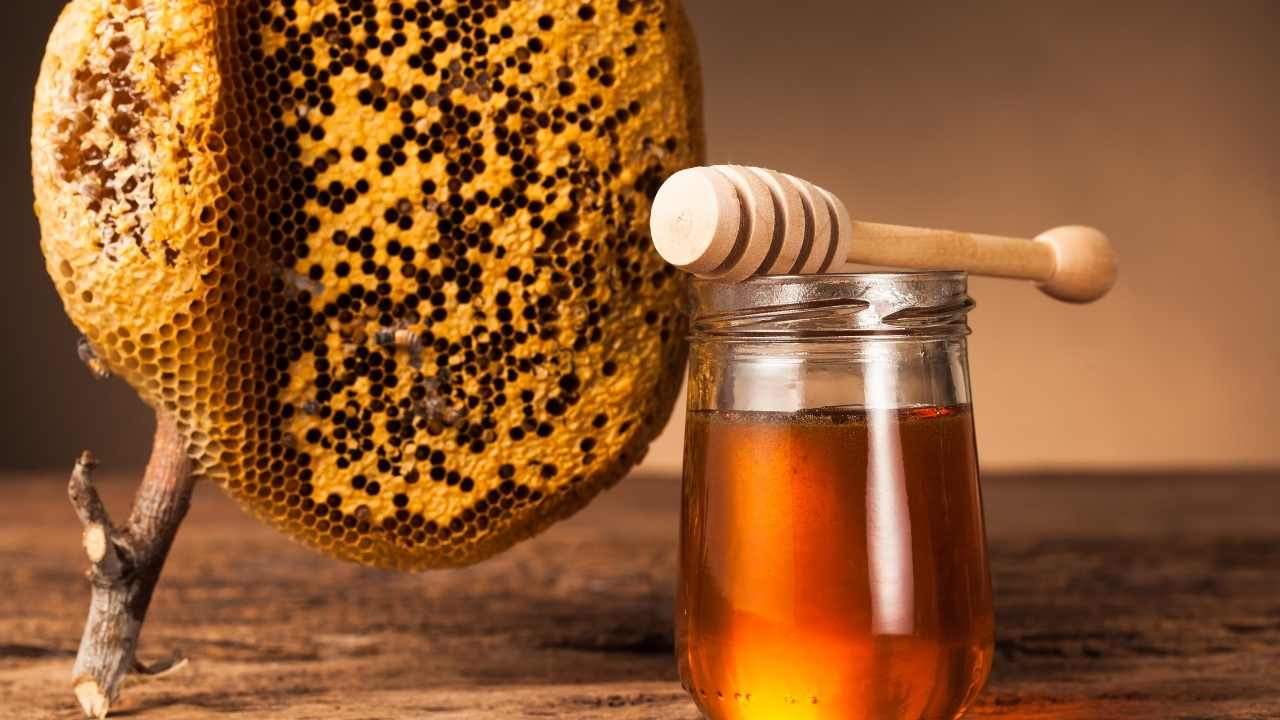
Grafting Queen Cells: The Basics
Get ready to learn the essentials of creating new queen bees! Queen bee breeding is a crucial part of honeybee development. It ensures that the hive has a strong and healthy queen who can lay up to 2,000 eggs per day. Grafting queen cells is an essential skill for any beekeeper interested in breeding their own queens.
To graft queen cells, you need to carefully transfer larvae from worker cells to specially prepared cups. These cups are then placed in a queenless hive where nurse bees will feed and care for them until they develop into queens. It’s important to select larvae that are between 12-24 hours old as they haven’t been fed royal jelly yet, which makes them ideal candidates for becoming future queens. By learning this skill, you can create genetically superior hives with desirable traits such as increased honey production or disease resistance.
Now that you understand the basics of grafting queen cells, it’s time to take your beekeeping skills to the next level with artificial insemination: taking beekeeping to the next level.
Artificial Insemination: Taking Beekeeping to the Next Level
Let’s take a leap forward in our apiary journey and explore the exciting world of breeding honeybees with the help of modern technology. Artificial insemination is one such innovation that has revolutionized beekeeping by allowing us to selectively breed bees for desirable traits. However, this technique poses both advantages and challenges that are worth exploring.
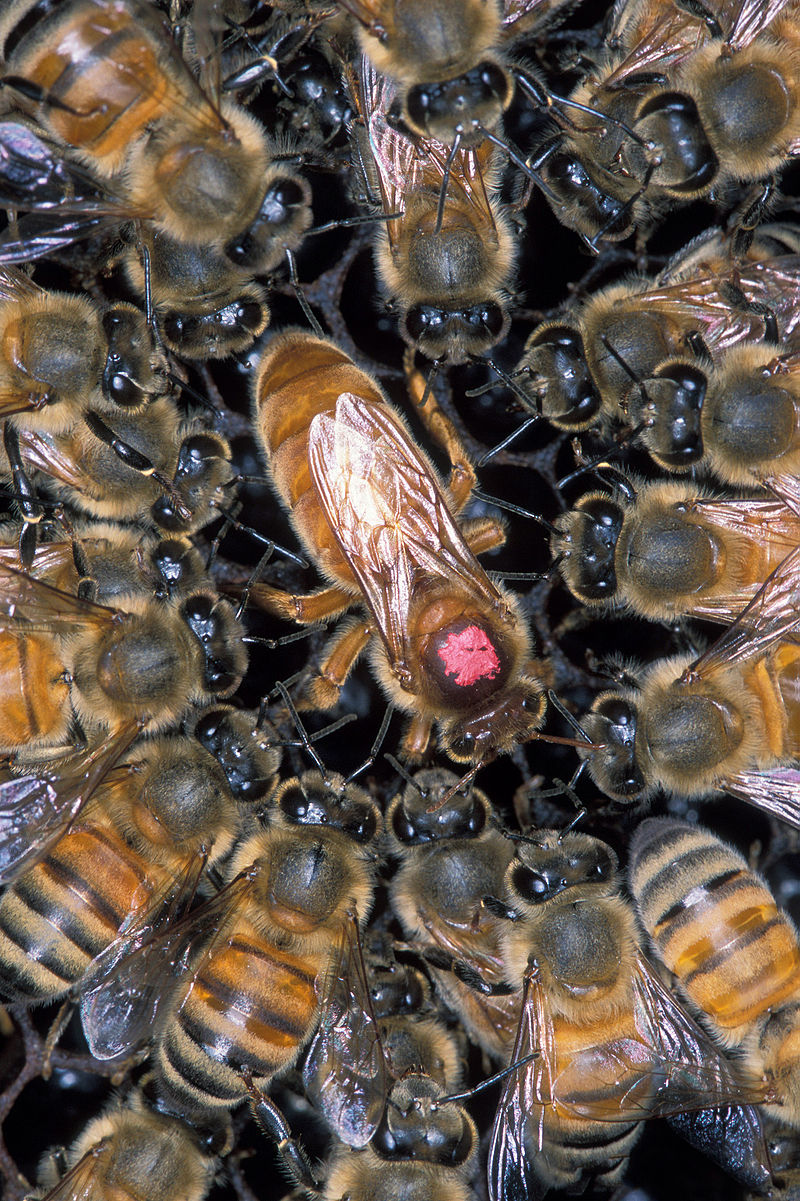
The advantages of artificial insemination in beekeeping lie in the ability to control genetic diversity, improve colony productivity, and increase disease resistance. It allows beekeepers to select drones from superior colonies and breed them with queens that have desirable traits, such as gentleness or high honey production. Moreover, artificial insemination reduces the risk of introducing diseases to colonies through natural mating, which can happen when drones from different regions mate with local queens. Despite these benefits, artificial insemination also presents challenges like technical complexity and cost implications. Beekeepers must undergo specialized training and invest in equipment like microscopes and instruments required for semen collection and transfer. Nonetheless, with proper planning and execution, artificial insemination can bring significant improvements to your apiary’s performance.
Breeding honeybees through artificial insemination opens up a whole new world of possibilities for beekeepers who seek precision in their craft. But before we delve deeper into its advantages over traditional methods like grafting queen cells, let’s first explore its nuances further.
Advantages of Grafting Queen Cells and Artificial Insemination
You’ll be amazed by how much more efficient and precise your breeding can become when combining the benefits of grafting queen cells and artificial insemination. Grafting queen cells allows you to selectively choose which larvae will become queens, ensuring that only the strongest and healthiest genetics are passed on to future generations. Meanwhile, artificial insemination allows for even greater control over genetic diversity by allowing you to choose the specific drones that will mate with your queens.
These techniques not only increase the quality of your bees but also provide a significant boost in productivity. By selecting for desirable traits such as disease resistance, honey production, and temperament, you can create a colony that is better equipped to thrive in its environment. Additionally, faster brood development and higher colony numbers mean an increase in honey production and ultimately profits. With all these advantages, it’s no wonder why so many beekeepers are turning towards grafting queen cells and artificial insemination as their go-to breeding methods. But before diving into these techniques headfirst, it’s important to understand the risks and challenges involved in this process.

Risks and Challenges of Grafting Queen Cells and Artificial Insemination
Breeding bees using advanced techniques may seem like a walk in the park, but there are potential risks that come with grafting queen cells and artificial insemination. It is essential to possess necessary skills before attempting these methods, as they require precision and attention to detail.
Here are some potential risks you should be aware of when grafting queen cells and performing artificial insemination:
- The possibility of introducing diseases into your hive due to improper handling or sanitation
- Failure to produce viable offspring due to genetic defects or poor quality sperm
- Aggressive behavior from newly mated queens
- Time-consuming process that requires patience and dedication
Despite these challenges, many beekeepers still choose to utilize advanced breeding techniques for their hives. With the right skills and knowledge, the rewards can be significant in terms of hive productivity and overall health. As we move towards the future of beekeeping and genetics, it is important to continue learning about new methods while keeping in mind the potential risks involved.
Conclusion: The Future of Beekeeping and Genetics
As you look ahead to what’s next in the world of breeding and genetics for your hive, there are exciting possibilities on the horizon that can take your beekeeping game to the next level. One of the most important aspects of beekeeping is genetic diversity, which helps prevent diseases and promotes healthy colonies. With advanced techniques like artificial insemination, breeders can select for desirable traits such as hygienic behavior or varroa mite resistance.

However, it’s also important to remember sustainable practices in beekeeping. These include avoiding excessive use of chemicals, providing habitat for wild bees and other pollinators, and promoting genetic diversity within your own hives rather than relying solely on purchased queens. By focusing on both cutting-edge genetics and sustainable practices, you can help ensure a healthy future not just for your own bees but also for ecosystems around the world that depend on these vital pollinators.
Frequently Asked Questions
Can grafting queen cells and artificial insemination be done on any type of bee species or are there specific ones that are more suitable?
Hey there! If you’re wondering whether grafting queen cells and artificial insemination can be done on any bee species, the answer is not all bees are created equal. Some bee species are more suitable for these techniques than others. For instance, the Italian honeybee is a popular choice because they have a gentle temperament and produce an abundance of honey. On the other hand, Africanized honeybees are less commonly used due to their aggressive behavior. It’s important to note that different techniques may also yield different results depending on the species being used. So when it comes to choosing which technique to use, it’s essential to do your research and compare which one works best for each suitable species.
How often do beekeepers need to perform grafting queen cells and artificial insemination to maintain a healthy and productive hive?
If you want to maintain a healthy and productive hive, then performing queen cell grafting and artificial insemination is essential. The frequency at which you need to perform these techniques depends on the type of bee species that you are working with. For example, some species require more frequent interventions than others. Queen cell grafting and AI have a significant impact on your hive’s productivity by ensuring that there is a strong queen present who can lay eggs consistently. However, not all bee species are suitable for these methods, so it’s important to do your research beforehand. With proper technique and attention to detail, the benefits of these procedures will be evident in the health and productivity of your hive.
What factors should beekeepers consider before deciding to implement grafting queen cells and artificial insemination in their beekeeping practices?
Before deciding to implement grafting queen cells and artificial insemination in your beekeeping practices, it’s important to conduct a cost benefit analysis. These methods can be labor intensive processes that require time, effort, and resources. However, they can also lead to healthier and more productive hives. Consider the size of your operation and the amount of time you have available for these tasks. Additionally, think about the potential benefits such as increased honey production and stronger colonies. Ultimately, it’s up to you to weigh the pros and cons before making a decision that will impact your bees’ well-being.
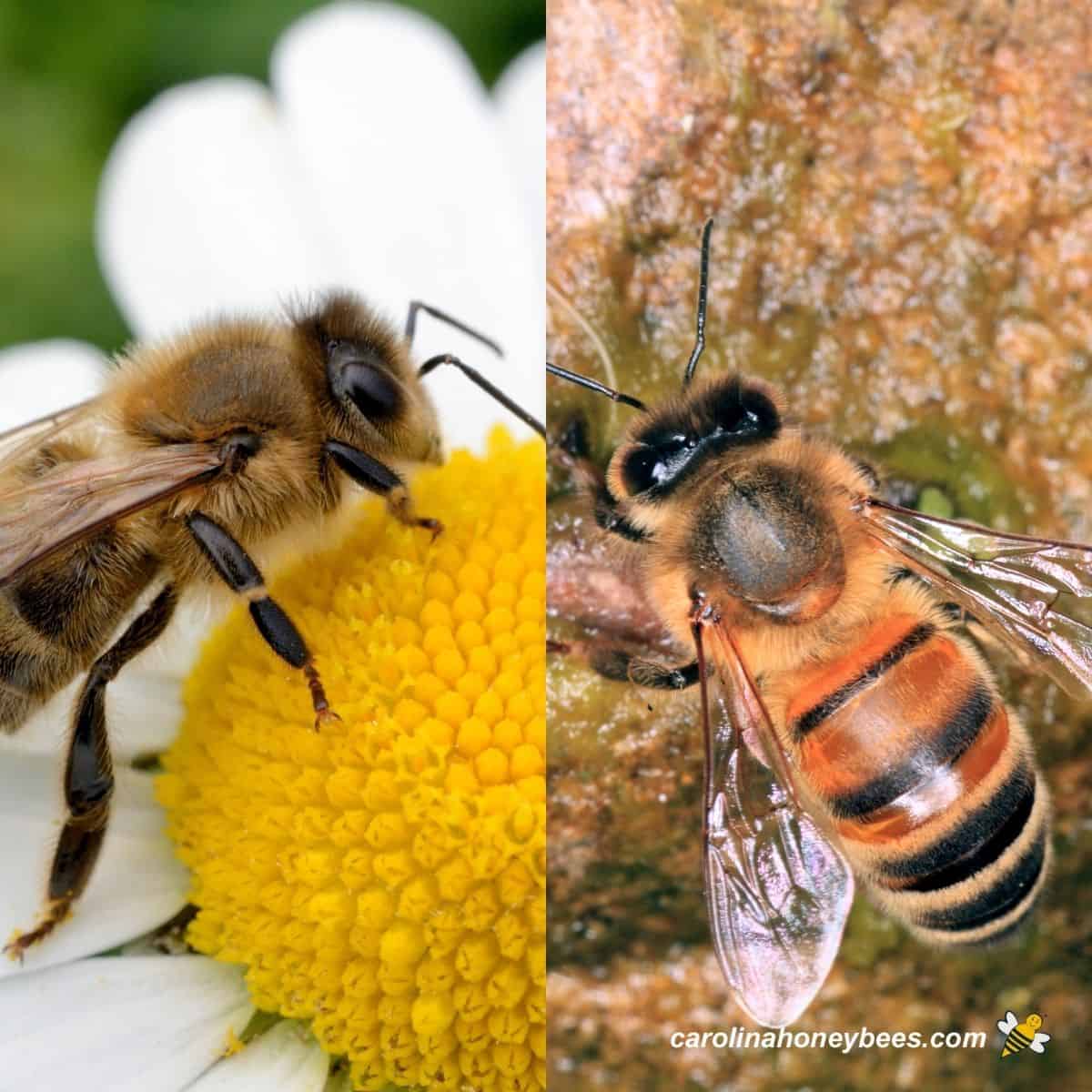
Are there any ethical concerns surrounding the use of artificial insemination in beekeeping and how do beekeepers address them?
Imagine you’re a beekeeper. You love your bees and want to do everything possible to ensure their well-being. However, you’ve heard some buzz about ethical considerations surrounding the use of artificial insemination in beekeeping. As a responsible beekeeper, it’s important to address these concerns head-on. From a beekeeper perspective, ethical considerations include ensuring that bees are treated with respect and care throughout the process. This means using proper techniques and equipment to avoid harm or stress on the bees. Additionally, it’s important for beekeepers to be transparent with their practices and educate others on the benefits of artificial insemination when done responsibly. By taking these steps, you can rest assured that your bees are happy, healthy, and thriving under your care.
How has the use of genetics in beekeeping evolved over time and what advancements can we expect in the future?
Genetic modification and selective breeding have played a crucial role in enhancing the productivity of bees over time. With advancements in technology, beekeepers now have access to genetic information that helps them identify desirable traits such as disease resistance, honey production, and docility. This knowledge has allowed for the development of new strains of bees that are better suited to specific environments and tasks. As we continue to understand more about genetics, we can expect further improvements in beekeeping techniques that will help us address challenges such as colony collapse disorder and climate change. By leveraging the power of genetics responsibly, beekeepers can ensure that their hives thrive while serving others through the production of honey and other valuable products.
Conclusion
Congratulations on completing your journey into the fascinating world of beekeeping! You have learned about the importance of genetics in beekeeping and how grafting queen cells and artificial insemination can take beekeeping to the next level.
By mastering these techniques, you can produce stronger, more disease-resistant bees with desirable traits. However, it is important to note that there are risks and challenges involved in grafting queen cells and artificial insemination. It requires careful attention to detail, as well as patience and dedication.
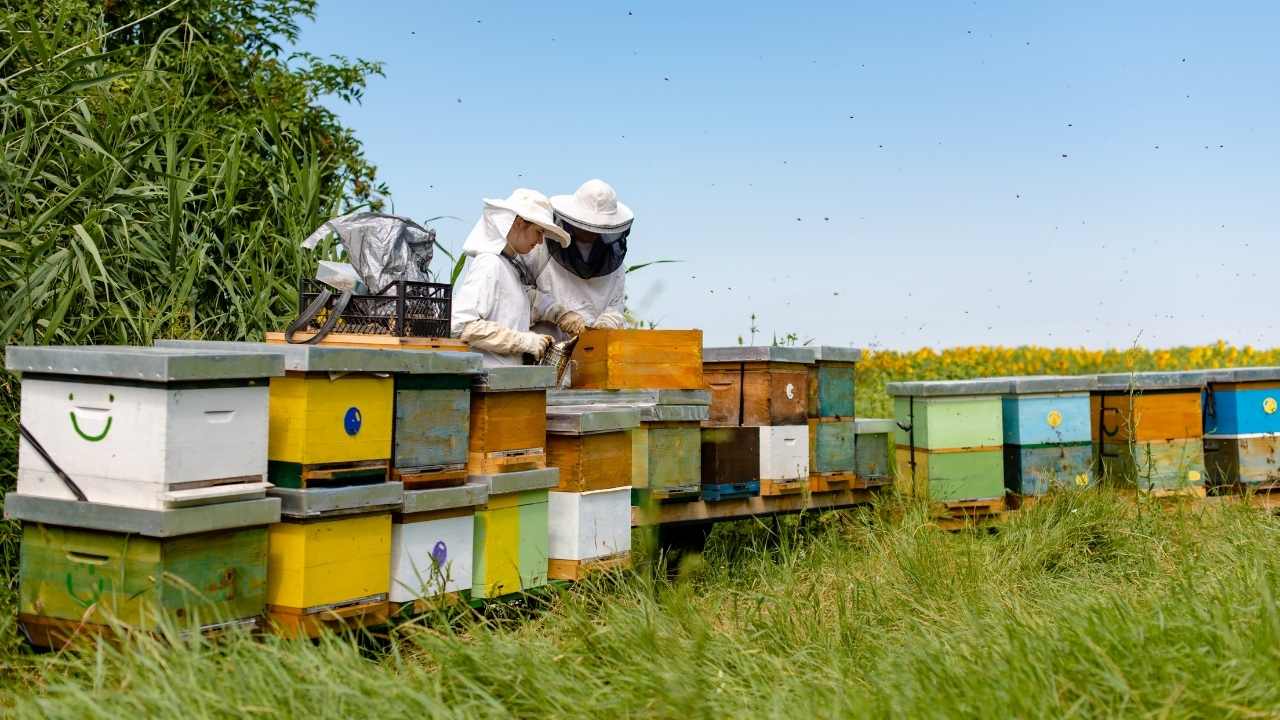
As you continue on your beekeeping journey, remember that genetics play a crucial role in the health and productivity of your hive. By using techniques such as grafting queen cells and artificial insemination, you can create a thriving colony with desirable traits. Keep learning, experimenting, and enjoying this fascinating hobby – who knows what new discoveries await you in the future!

Roger Thomas is a seasoned beekeeper and hive architect with a deep-seated passion for sustainable living. His fascination with bees has shaped his professional career, giving him practical and theoretical expertise in bee behavior, colony health, and optimal hive conditions. Roger’s technical skills shine in his bespoke hive creations that cater to the specific needs of diverse bee species, while his sustainable practices promote environmental balance and the wellbeing of the bee population.
As he continues his journey in beekeeping, Roger has become a dedicated advocate for responsible practices and an insightful educator in his field. His posts aim to inspire new beekeepers, underline the importance of sustainability, and showcase the remarkable contribution bees make to our ecosystem. Roger invites you to join him as he delves into the world of bees and the rewarding, honey-sweet art of beekeeping.
